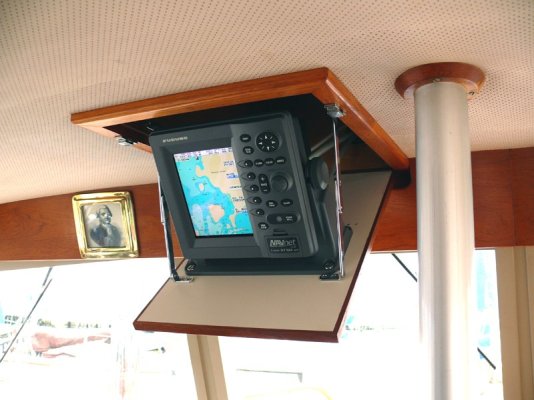timjet
Guru
- Joined
- Apr 9, 2009
- Messages
- 1,920
Just a couple of thoughts that jumped into my rather aged mind over the last couple of days.
Have any of you guys color coded your fuel caps, water holding tank caps and waste holding tank caps?
The other day I filled my water tank and half way through I thought to myself, I really didn't check to see if I got the right hole. Just unscrewed the cap and mindlessly put the hose in. Yea, I know where it goes and I've done it enough, but having a second check by color coding the caps seems worth the effort. Water in the wrong hole can ruin you're whole season, maybe diesel in the wrong hole is worse.
Engine low oil pressure and high coolant temp alarms. Can anyone really hear them if they go off when you're doing 20 kts with the wind blowin in your face. I've got a couple of Borel alarms and you can hear them, I mean really hear them and so can everyone within a 1000 ft radius, but not the engine alarms. Anyone else concerned about this and do anything about it?
Have any of you guys color coded your fuel caps, water holding tank caps and waste holding tank caps?
The other day I filled my water tank and half way through I thought to myself, I really didn't check to see if I got the right hole. Just unscrewed the cap and mindlessly put the hose in. Yea, I know where it goes and I've done it enough, but having a second check by color coding the caps seems worth the effort. Water in the wrong hole can ruin you're whole season, maybe diesel in the wrong hole is worse.
Engine low oil pressure and high coolant temp alarms. Can anyone really hear them if they go off when you're doing 20 kts with the wind blowin in your face. I've got a couple of Borel alarms and you can hear them, I mean really hear them and so can everyone within a 1000 ft radius, but not the engine alarms. Anyone else concerned about this and do anything about it?



